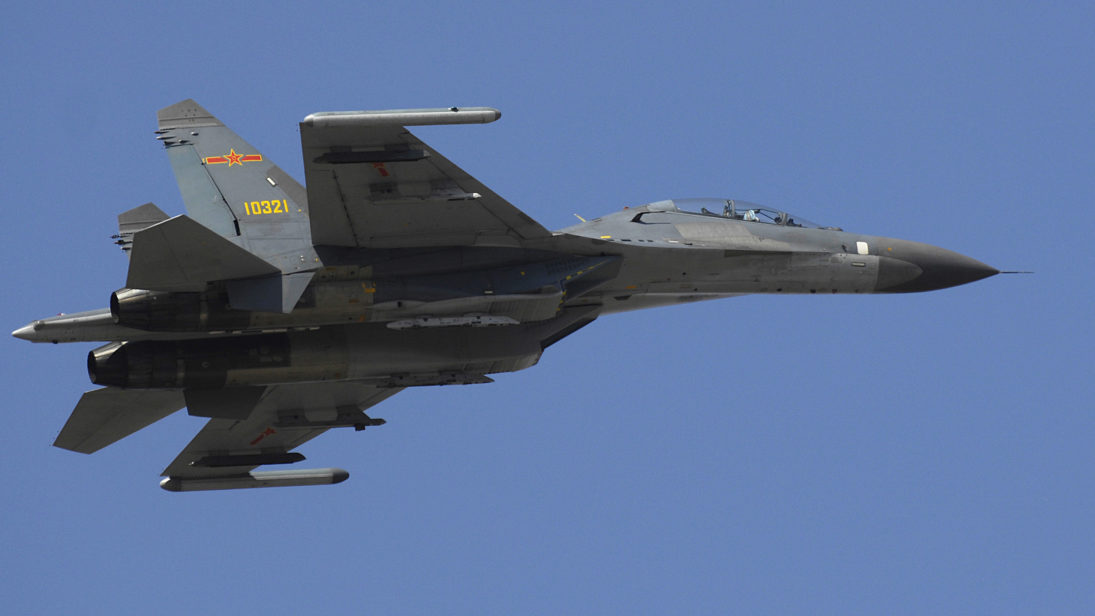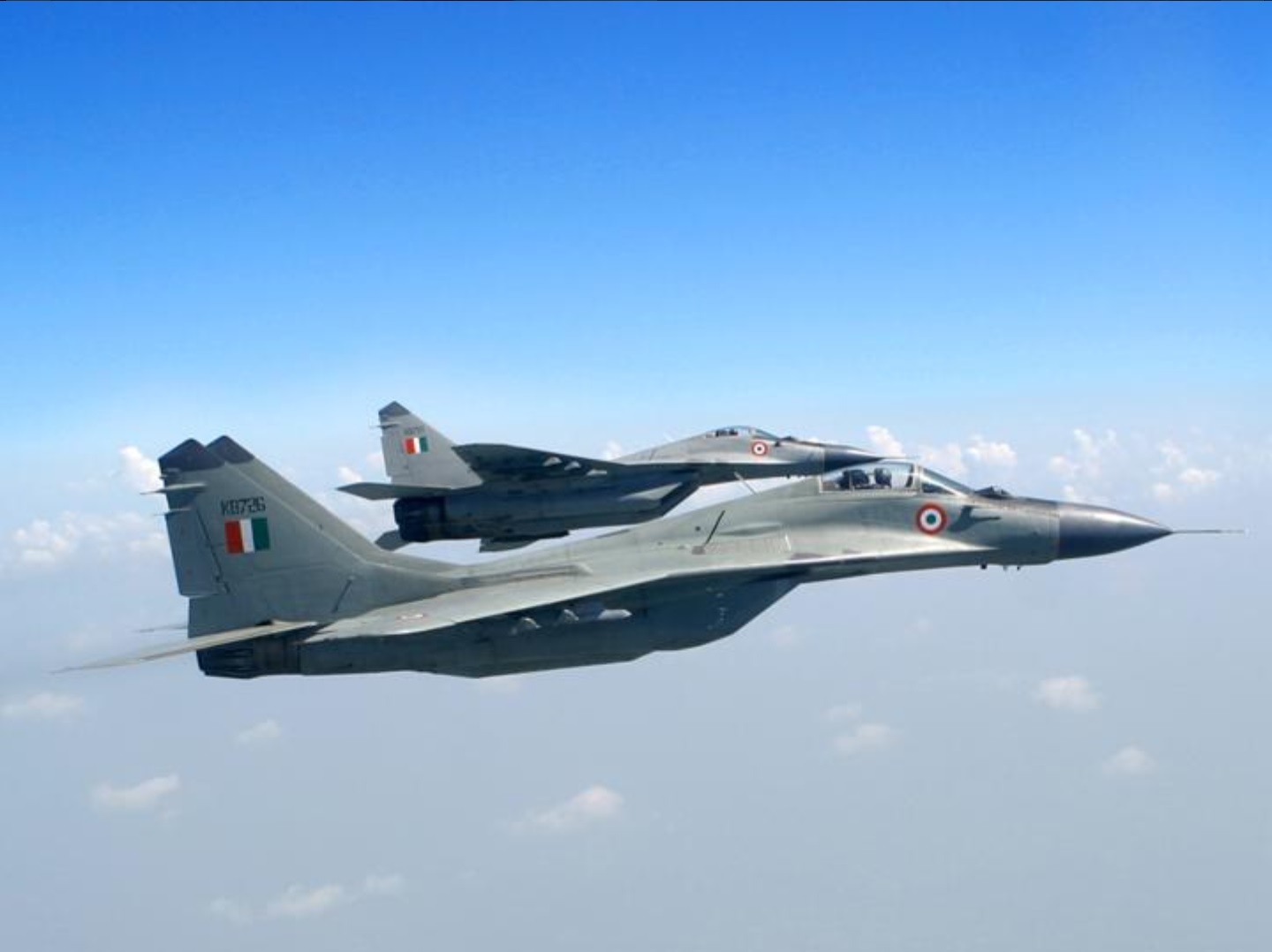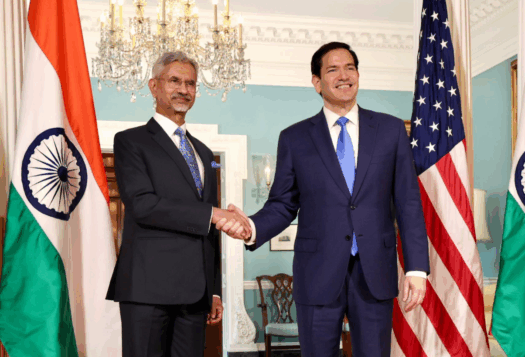
As the Chinese People’s Liberation Army (PLA) continues to undertake significant organizational and modernization reforms to build a military that is “built to fight,” in line with President Xi Jinping’s recent rhetoric at the 19th Party Congress, asymmetric inequalities between the Indian Air Force (IAF) and the PLA Air Force (PLAAF) are set to widen. In the backdrop of contentious Sino-Indian relations, especially after the Doklam standoff, the advancing capabilities of the PLAAF pose a range of threats to India in a conflict scenario, particularly given China’s newly-acquired readiness for combat operations and improved combined arms capability. If the IAF is to attain the capability to counter and fight any future informatized war or conflagration vis-à-vis the PLAAF, New Delhi must re-evaluate its existing and future air combat capability.
Rise of the PLAAF and its Threat to India
Since the 1990s, the PLAAF has made impressive strides in its capabilities through investments in tactical aviation. For instance, China started acquiring a small number of fourth-generation fighters in 1996. Current estimates peg the number of fourth-generation aircraft with the PLAAF as around 700, with a combination of J-10s, J-11s, Su-27s, and the potent Su-30 MKK multirole fighter jets, the latter of which is comparable in performance and capability to IAF’s Su-30 MKI. These aircraft represent significant progress in China’s air combat capability, while the IAF continues to struggle with a significant number of obsolete second- and third-generation aircraft like the MIG-21 and 23.
The Indian Air Force’s existing fleet of aging combat aircraft, dominated by Su-30 MKIs, has few answers to China’s stealth aircraft like the J-20A.
Furthermore, China’s progress in upgrading its air combat capability has also been considerable in terms of the expansion of its variety of air-to-air missiles. It has now begun fielding the extended range radar-guided PL-15, giving it the ability to threaten targets at high ranges. This will influence how India regards its future threat environment and impact how the IAF operates force multipliers like air-to-air refueling tankers and Airborne Early Warning and Control Systems (AEW&C), since both will be at risk from Chinese long-range missiles like the PL-15.
The PLAAF views stealth technology “as a core capability in its transformation from a predominantly territorial air force to one capable of conducting both defensive and offensive operations,” according to the U.S. Department of Defense. The induction of the J-20A low observable aircraft, China’s first fifth-generation fighter jet, represents the evolution of this threat to the IAF. As this author has argued elsewhere, the J-20’s radar-evading properties could give China the capability to carry out low-observable strikes inside Indian airspace in the opening phase of a conflict. And due to years of chronic underfunding and slow-moving defense procurement, the IAF is not equipped to effectively deal with such a challenge.
China’s ability to attack critical Indian military targets while evading the latter’s defensive firing is also worrisome for New Delhi. Indeed, many analysts believe that the IAF has a geographic advantage vis-à-vis the PLAAF in the Tibet Autonomous Region (TAR), as the rarefied air limits Chinese weapons payload capacities. However, as Air Vice Marshal (retd) Arjun Submramaniam has argued, the ability of the latest variant of the Chinese-built H-6 bomber to carry six DH-10 cruise missiles—each with a range of around 1,500 km and a combat radius of 1,800 km—means that “Chinese stealth fighters and bombers do not need to become airborne from airfields in Tibet and can launch their cruise missiles on critical Indian military targets from well outside any kind of air defense umbrella the IAF can put in place over the next decade.”
Finally, recent Chinese organizational military reforms also give the PLAAF an edge over the IAF. One rather simple reform undertaken by the PLA at the 2015 Work Conference on Reform of the Central Military Commission was to reduce the number of theater command air forces in line with the establishment of five theater commands overall for the PLA. Due to this improvement, in the event of hostilities with India over the land boundary, the PLA would control all operations, including air operations, through the newly-created Western Theater Command. This means that the PLAAF will have the upper hand in facilitating joint force combat operations, especially when compared to India’s three Army Commands and three Air Force Commands that need to be brought to bear in the event of conflict with China.

Struggles of the IAF
The IAF will continue to face serious challenges up to at least 2030. The shrinking military budget comes at a time when aging legacy fleets comprising of Mig-21 and Mig-27 aircraft require urgent replacement. The IAF’s acquisition of the Rafale and induction of the indigenously-built Tejas will take time to translate into any tangible operational capability. The Tejas continues to face developmental, induction, and build quality issues, with Hindustan Aeronautics far from achieving its delivery targets for the aircraft. Additionally, India recently pulling out of its 11-year collaborative program with Russia to build a fifth generation fighter aircraft will have ramifications for its depleting combat aircraft numbers and aspirations to operate fifth generation aircraft in the near future.
India cannot realistically counter Chinese air power without becoming imaginative with its budget constraints.
As stated earlier, the IAF’s existing fleet of aging combat aircraft, which is dominated by Su-30 MKIs, has few answers to China’s stealth aircraft like the J-20A, which can easily detect Su-30 MKIs at very long ranges. Given this underlying challenge, though India seems intent on bolstering its numbers of combat aircraft, it is unlikely such a decision would sufficiently bridge the gap between India and China’s air capabilities. As this author has argued earlier on South Asian Voices, considering the widening gap with the PLAAF, it is important for the IAF to consider the core reasons for the acquisition of new combat aircraft. Given the current decline in number of aircraft, the IAF will become hard pressed to deliver on traditional operational roles like air defense, close air support, and strike capabilities in the future.
Can India Realistically Match China?
Going forward, India cannot realistically counter Chinese air power without becoming imaginative with its budget constraints. In this scenario, it seems intuitive that India must consider a broader range of options beyond the acquisition of 110 new fighter aircraft, which is better suited for its combat requirements and fleet standardization. One potential short-term alternative is to acquire an additional mix of up-to-date Su-30 MKI and a second batch of Rafales while accelerating the development of the indigenous Tejas with requisite enablers like air-to-air refuelers (AARs) and AEW&Cs. The IAF should also prioritize updating existing fourth generation fighters with high-speed standoff weaponry and electronic warfare capabilities, all of which will be key to survivability and expanding capabilities vis-à-vis threats from Chinese combat aircraft and air defense systems.
***
Image 1: U.S. Department of Defense Photo by Air Force Staff Sgt. D. Myles Cullen via Wikimedia
Image 2: Indian Air Force


